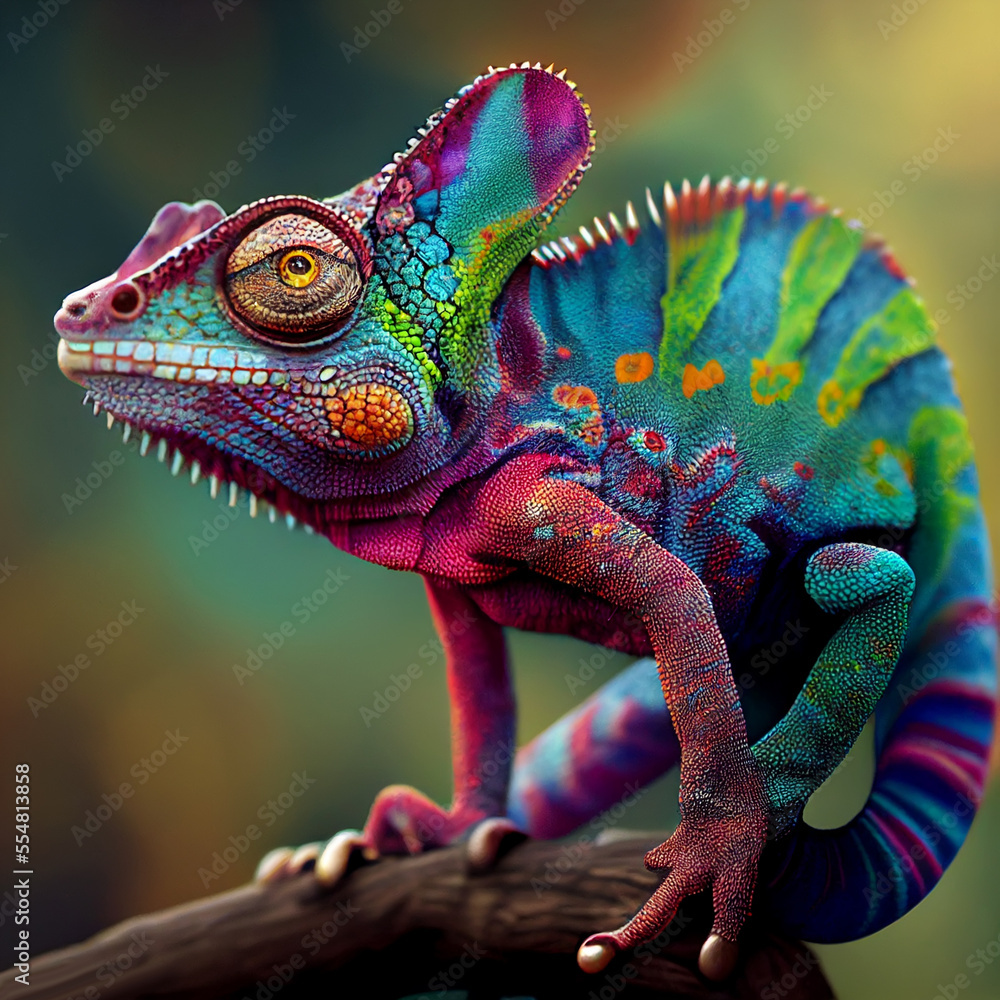Chameleons are fascinating creatures known for their remarkable ability to change color. This unique trait has intrigued scientists and nature enthusiasts alike. But how exactly do these reptiles achieve such an impressive transformation? Let’s explore the science behind chameleons’ color-changing abilities.
- Melanophores: These cells contain dark pigments and can expand or contract to darken the skin.
- Xanthophores: These contain yellow pigments.
- Erythrophores: These contain red pigments.
- Iridophores (or leucophores): These reflect light and create iridescent colors, such as blues and greens.
By expanding or contracting these cells, chameleons can mix the colors in their skin, resulting in different hues and patterns.
- Camouflage: One of the primary reasons for color change is to blend into their environment. This helps them avoid predators and ambush prey.
- Communication: Chameleons often use color to signal their mood or intentions. For example, bright colors may indicate aggression or readiness to mate, while dull colors can signal submission or stress.
- Temperature Regulation: Color change can also help regulate body temperature. Darker colors absorb more heat, while lighter colors reflect sunlight, helping chameleons maintain their ideal body temperature.

